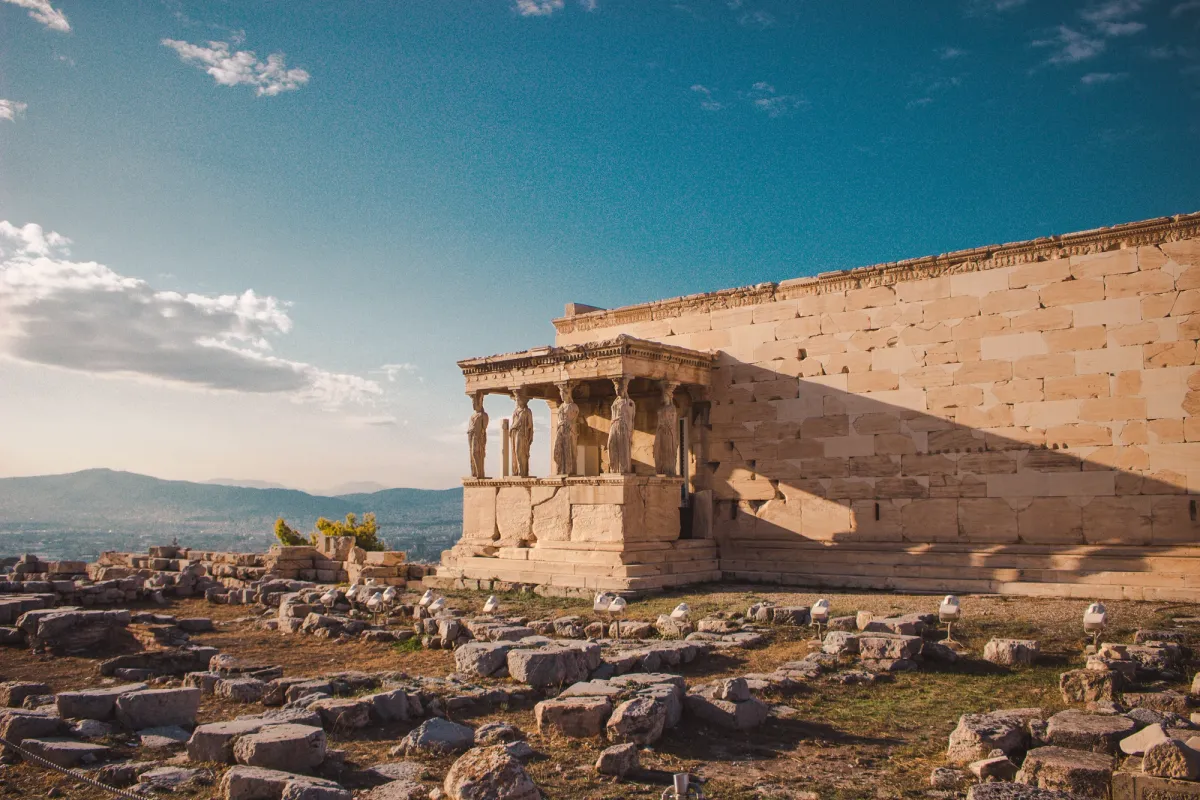Civilizations of Antiquity: Illustrating Ancient Societies with Piccles

Jon is Cofounder & Chief Product Officer at Piccles
- Published at
- Last updated

Capturing the Past: Who Wants to Draw Ancient Civilizations?
Drawing ancient civilizations can unlock a world of history and imagination for a wide audience. Educators might use drawings to bring history lessons to life, enabling students to connect with the past in a visual and interactive way. Historians and archeologists may draw to document and share their findings with the public or colleagues in a more engaging way. Art enthusiasts and students might be drawn to the aesthetic and symbolic aspects of ancient cultures, finding joy and inspiration in recreating artifacts, architecture, and scenes from bygone eras. One could also use drawing as a therapeutic activity, finding peace in the lines and patterns of ancient artwork.
Piccles: A Modern Portal to Ancient Artistry
Piccles emerges as a convenient and innovative digital tool that allows people to explore the art of ancient civilizations using the tip of their fingers. Whether you're depicting the hieroglyphs of Egypt, the frescoes of Rome, or the pottery of the Greeks, Piccles turns your device into a canvas of time, offering accessible and fun drawing features that cater to all skill levels. It encourages creativity and expression in celebration of humanity’s shared history, allowing for both precision and the delightfully imperfect strokes that come with exploring ancient styles and motifs. With Piccles, you create not just drawings, but digital windows into the world of our ancestors, embracing their culture from a new perspective.
Bridging Eras: Doodle Your Way Through History with Piccles
Piccles is perfectly suited for delving into the rich tapestry that is ancient civilizations. Select themes or prompts can be set for participants to draw artifacts or symbols from a particular culture, creating a gallery of historical significance and collective interpretation. People using Piccles can collaborate in real-time, adding to a communal mural depicting an ancient cityscape, or they can work individually to showcase their personal take on what they've learned about a civilization. The interactive nature of Piccles makes it an excellent platform for both solo explorations and group projects, stirring curiosity and promoting a hands-on approach to understanding the past. It's an engaging journey where each line drawn is a connection made with human history.
Certified fresh Piccles prompts
- Draw a bustling marketplace in Ancient Rome: This can illustrate how trade and daily life might have looked in one of the most iconic ancient civilizations.
- Draw a Mayan temple during a religious ceremony: Encourages exploring the spiritual aspects and architectural masterpieces of the Mayan civilization.
- Draw a feast in Ancient Egypt: This prompt can make participants ponder about food and social customs in Ancient Egypt.
- Draw an oracle from Ancient Greece: Puts a spotlight on the spiritual and mystical aspects of Ancient Greek culture.
- Draw a chariot race in the Colosseum: Gives an inside look into sports and entertainment in Ancient Rome.
- Draw an Ancient Aztec warrior: Encourages exploration of the military aspects and warrior ethos of the Aztec civilization.
- Draw a day of farming in Ancient China: Highlights the importance of agriculture in ancient societies.
- Draw an Inca city in the mountains: Forces the creator to consider architectural techniques in hostile environments.
- Draw a coronation ceremony in Ancient Egypt: Presents an idea about royal rituals in one of the earliest civilizations.
- Draw a Viking ship on a voyage: Explores seafaring, exploration, and Viking culture.
- Draw a scholar in the Library of Alexandria: Looks into the intellectual life during the Hellenistic period.
- Draw a Gladiator fight in Ancient Rome: Leads to deeper understanding about Rome's iconic fighting tradition and public entertainment.
- Draw children's games in Ancient Egypt: Spotlights the lighter, everyday side of life in Ancient Egypt.
- Draw an Ancient Roman bathhouse: This might help visualize socializing and communal aspects of Roman life.
- Draw a Mayan astronomer studying the stars: Taps into Mayans' advanced understanding of the celestial bodies.
- Draw a Persian king in his court: Triggers thoughts about politics, grandeur and authority in ancient Persia.
- Draw a Samurai battle in Ancient Japan: Emphasizes military, honor, and warrior culture in feudal Japan.
- Draw a marketplace in Indus Valley Civilization: This helps visualize trade and daily life within one of the oldest civilizations.
- Draw the construction of a pyramid in Egypt: To highlight their iconic architectural prowess and labor techniques.
- Draw a Celtic druid in a sacred grove: Offers insights into Celtic spirituality and religious practices.
- Draw a scribe writing on a papyrus in Ancient Egypt: To focus on the early writing process and its significance.
- Draw a family meal in Ancient Greece: This can picture food, family structure, and meal preparations in Greek culture.
- Draw a teacher educating students in Ancient India: It emphasizes the tradition of Gurukul system and value of education in ancient Indian society.
- Draw a Chinese tea ceremony: Aims at reflecting the importance of tea and associated rituals in the Chinese civilization.
- Draw a philosopher in Ancient Greece: To highlight the significance of philosophy and intellectual discourse during ancient times.